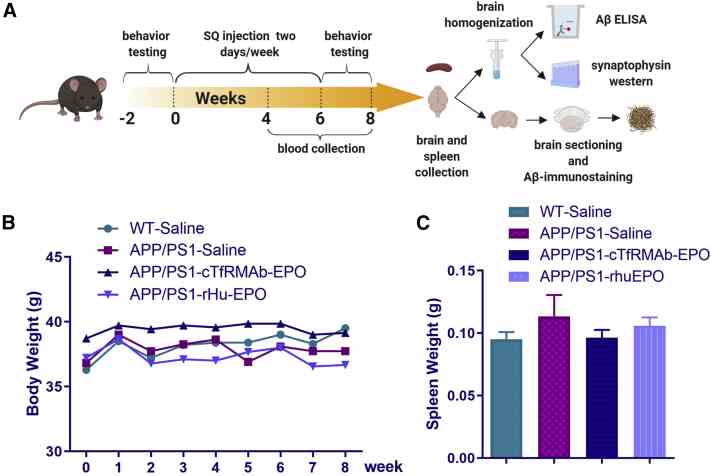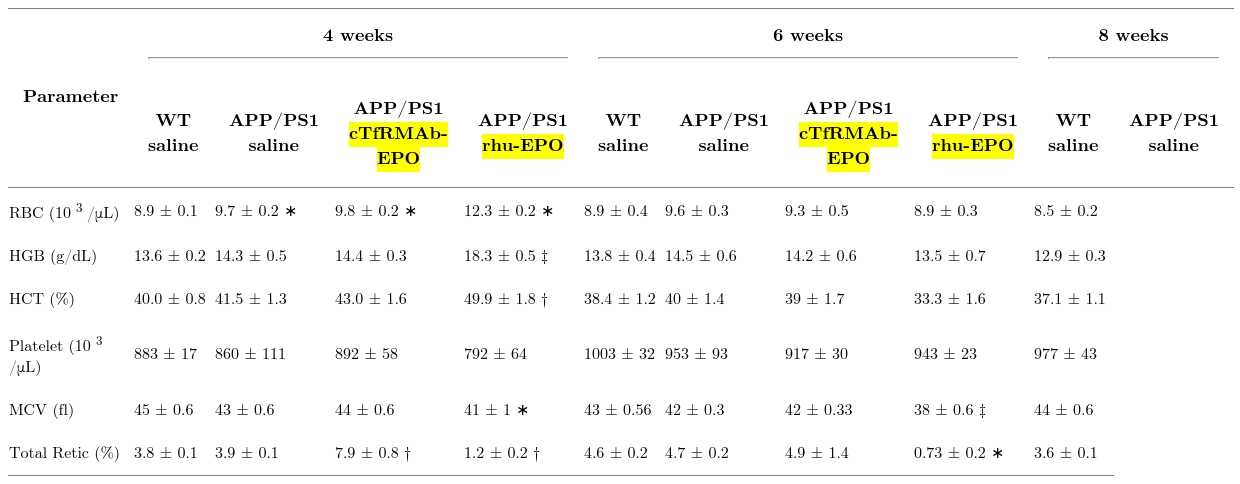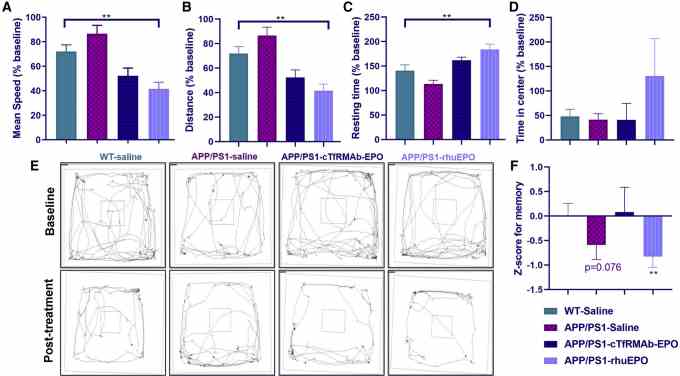Recombinant Human EPO protein
| Cat.No. : | EPO-517H |
| Product Overview : | Recombinant Human EPO protein (Ala28-Arg193) carries no tag and was expressed in human 293 cells (HEK293). |
- Specification
- Gene Information
- Related Products
- Citation
- Download
| Species : | Human |
| Source : | HEK293 |
| Protein Length : | 166 |
| Description : | Human Erythropoietin (EPO) is also known as EP, erythropoetin or erthropoyetin, and is a glycoprotein hormone that controls erythropoiesis, or red blood cell production. EPO is a cytokine for erythrocyte (red blood cell) precursors in the bone marrow. is synthesized by renal peritubular cells in adults, with a small amount being produced in the liver. Regulation is believed to rely on a feed-back mechanism measuring blood oxygenation. Constitutively synthesized transcription factors for EPO, known as hypoxia-inducible factors (HIFs), are hydroxylated and proteosomally digested in the presence of oxygen. It binds to the erythropoietin receptor (EpoR) on the red cell surface and activates a JAK2 cascade. Erythropoietin has its primary effect on red blood cells by promoting red blood cell survival through protecting these cells from apoptosis. It also cooperates with various growth factors involved in the development of precursor red cells. EPO has a range of actions including vasoconstriction-dependent hypertension, stimulating angiogenesis, and inducing proliferation of smooth muscle fibers. It has also been shown that erythropoietin can increase iron absorption by suppressing the hormone hepcidin. Erythropoietin has been shown to interact with the Erythropoietin receptor as its mechanism of action within the body. erythropoietin plays an important role in the brain's response to neuronal injury. EPO is also involved in the wound healing process. |
| Form : | Lyophilized from 0.22 um filtered solution in PBS, pH7.4, 10% trehalose. |
| Molecular Mass : | The protein has a calculated MW of 18.4 kDa. The protein migrates as 30-37 kDa under reducing (R) condition (SDS-PAGE) due to glycosylation. |
| Endotoxin : | Less than 1.0 EU per ug by the LAL method. |
| Purity : | >97% as determined by SDS-PAGE. |
| Storage : | For long term storage, the product should be stored at lyophilized state at -20 centigrade or lower. Please avoid repeated freeze-thaw cycles. This product is stable after storage at: -20 centigrade to -70 centigrade for 12 months in lyophilized state; -70 centigrade for 3 months under sterile conditions after reconstitution. |
| Reconstitution : | It is recommended that sterile water be added to the vial to prepare a stock solution of 0.2 ug/ul. Centrifuge the vial at 4℃ before opening to recover the entire contents. |
| Gene Name | EPO |
| Official Symbol | EPO |
| Synonyms | EPO; erythropoietin; EP; epoetin; MVCD2; MGC138142 |
| Gene ID | 2056 |
| mRNA Refseq | NM_000799 |
| Protein Refseq | NP_000790 |
| MIM | 133170 |
| UniProt ID | P01588 |
| ◆ Recombinant Proteins | ||
| Epo-606R | Recombinant Rat Epo protein, His & T7-tagged | +Inquiry |
| EPO-2858B | Recombinant Bovine EPO protein, His-SUMO-tagged | +Inquiry |
| Epo-523R | Recombinant Rat Epo Protein(Pro28~Arg192), His-tagged | +Inquiry |
| Epo-603M | Recombinant Mouse Epo protein, His & S-tagged | +Inquiry |
| EPO-01H | Active Recombinant Human Erythropoietin | +Inquiry |
| ◆ Cell & Tissue Lysates | ||
| EPO-592RCL | Recombinant Rat EPO cell lysate | +Inquiry |
| EPO-1450MCL | Recombinant Mouse EPO cell lysate | +Inquiry |
Hematologic safety of chronic brain-penetrating erythropoietin dosing in APP/PS1 mice
Journal: Alzheimer's & Dementia : Translational Research & Clinical Interventions PubMed ID: 31660425 Data: 2019/10/17
Authors: Jiahong Sun, Joshua Yang, Rachita K. Sumbria
Article Snippet:cTfRMAb-EPO was produced in stably transfected Chinese hamster ovary cells cultured in serum-free medium and purified from conditioned medium by protein-G affinity chromatography [ ].cTfRMAb-EPO was produced in stably transfected Chinese hamster ovary cells cultured in serum-free medium and purified from conditioned medium by protein-G affinity chromatography [ ].. Both rhu-EPO (Creative BioMart) and cTfRMAb-EPO were formulated in 98 mM glycine, 148 mM NaCl, 28 mM Tris, 0.01% polysorbate 80, pH = 5.5, and stored at ?80°C.

Body and spleen weight changes after chronic treatment with

Red blood cell indices and platelet count of mice treated with saline,

Behavior analysis after chronic treatment with
Not For Human Consumption!
Inquiry
- Reviews (0)
- Q&As (0)
Ask a Question for All EPO Products
Required fields are marked with *
My Review for All EPO Products
Required fields are marked with *



